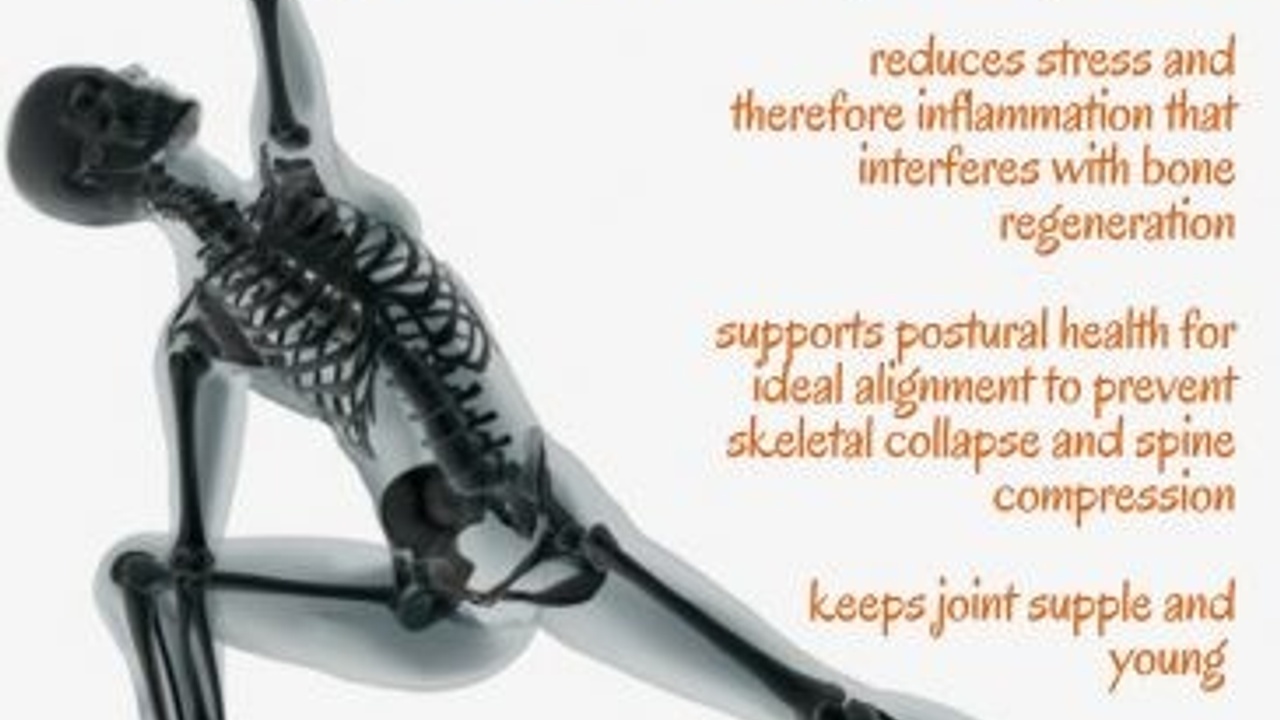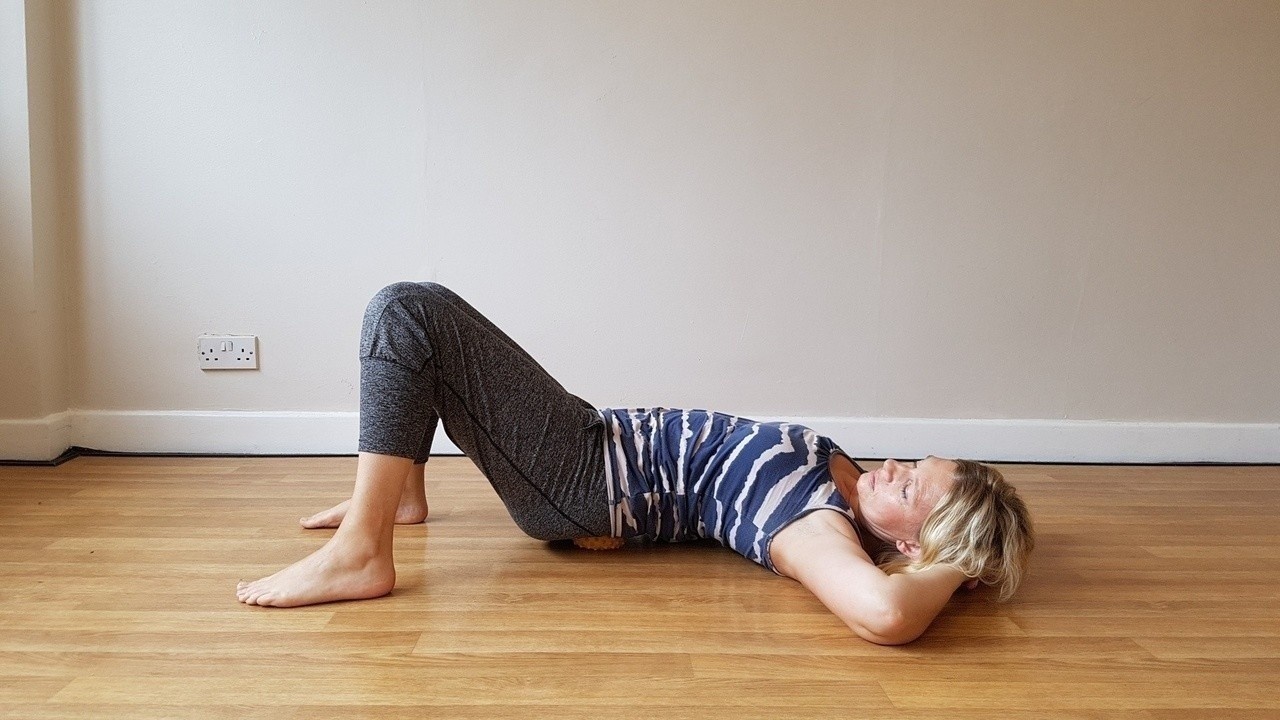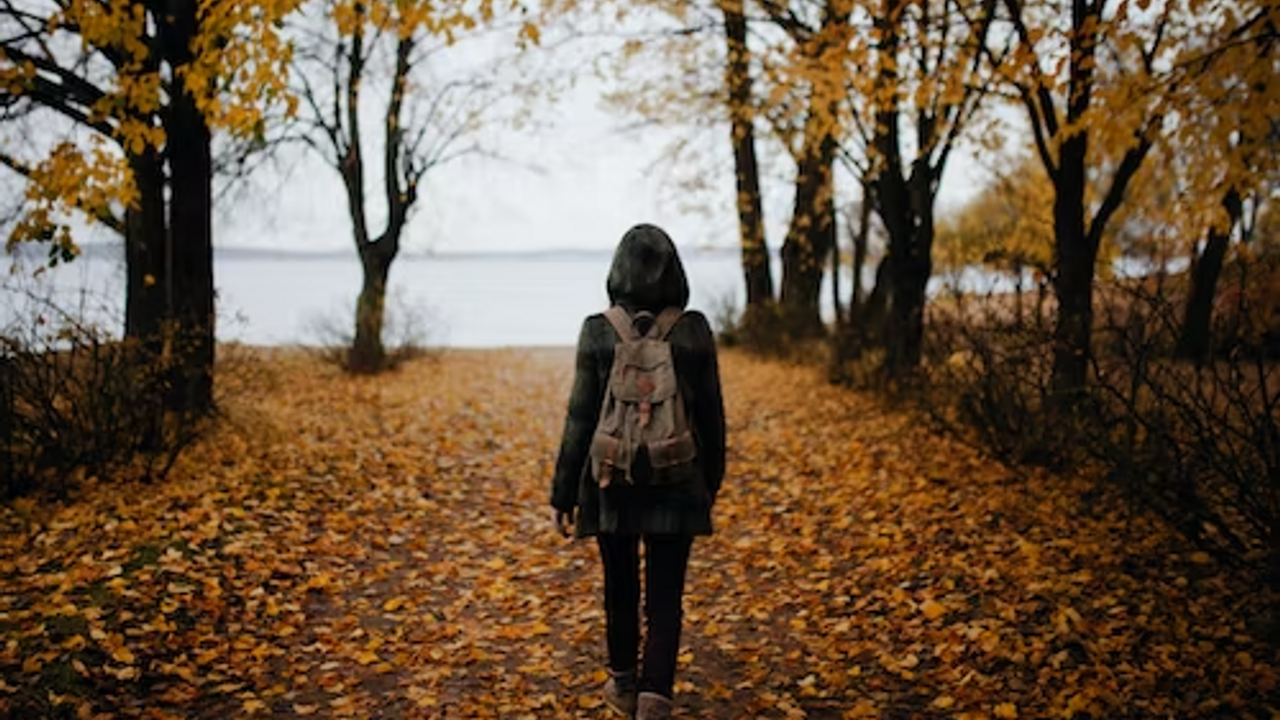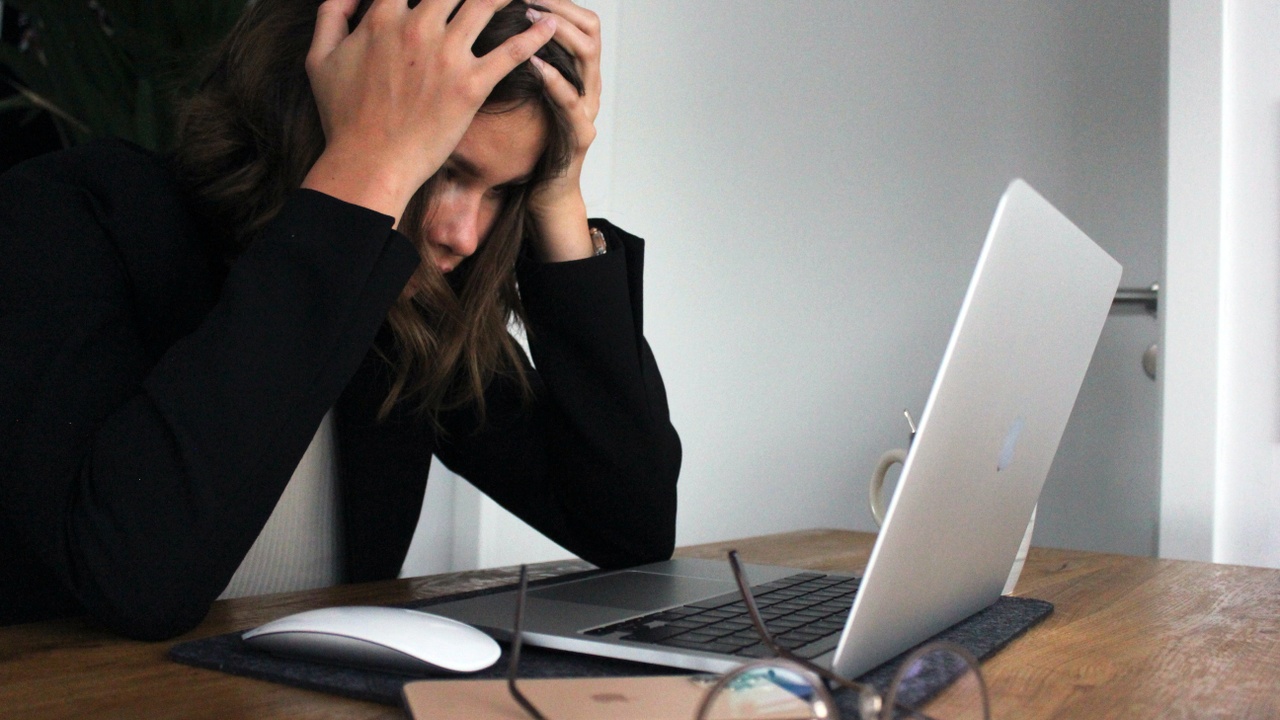Our knees hold us up and allow us to propel forward, yet we often give them very little thought until they start to tell us that strain is taking its toll. When we consider that they can bear 5-12 times our weight when we break into a run, we can see how understanding their function is crucial for how we support ourselves up from gravity. They are the largest joints in the body because they need to be.
Our knees are essentially hinge joints, with a back-and-forth motion between extending the lower leg to straight and flexing it back in, our natural walking motion. They also have some rotating capacity inwards and outwards, allowing them to have flexibility, but can make them prone to injury. With modern tendencies to sit on chairs rather than on the floor as our skeleton evolved, we often have reduced range of motion (ROM) in the hips – which are ball and socket joints with a wider ROM – and the knees take up more rotation than their design allows. This ‘torquing’ across the knees can...
Yoga is an ancient health system that includes a physical practice designed to prepare the body for meditation. Its popularity reflects its universal adaptability to suit individual needs and many modify their practice for changing phases of life. Its emphasis on non-violence, non-competitiveness and self-compassion can allow practitioners to respect the energy and postural needs of their body.
Many people begin yoga to help with back pain and it is no coincidence that they also see improvements in bone health, especially alongside dietary changes of low sugar, less acid-forming foods and higher vegetable intake. The combination of postural improvement, muscular strength and better coordination adds up to improved overall musculo-skeletal health. More balanced breathing patterns also improve circulation to feed oxygen and nutrients to bone cells.
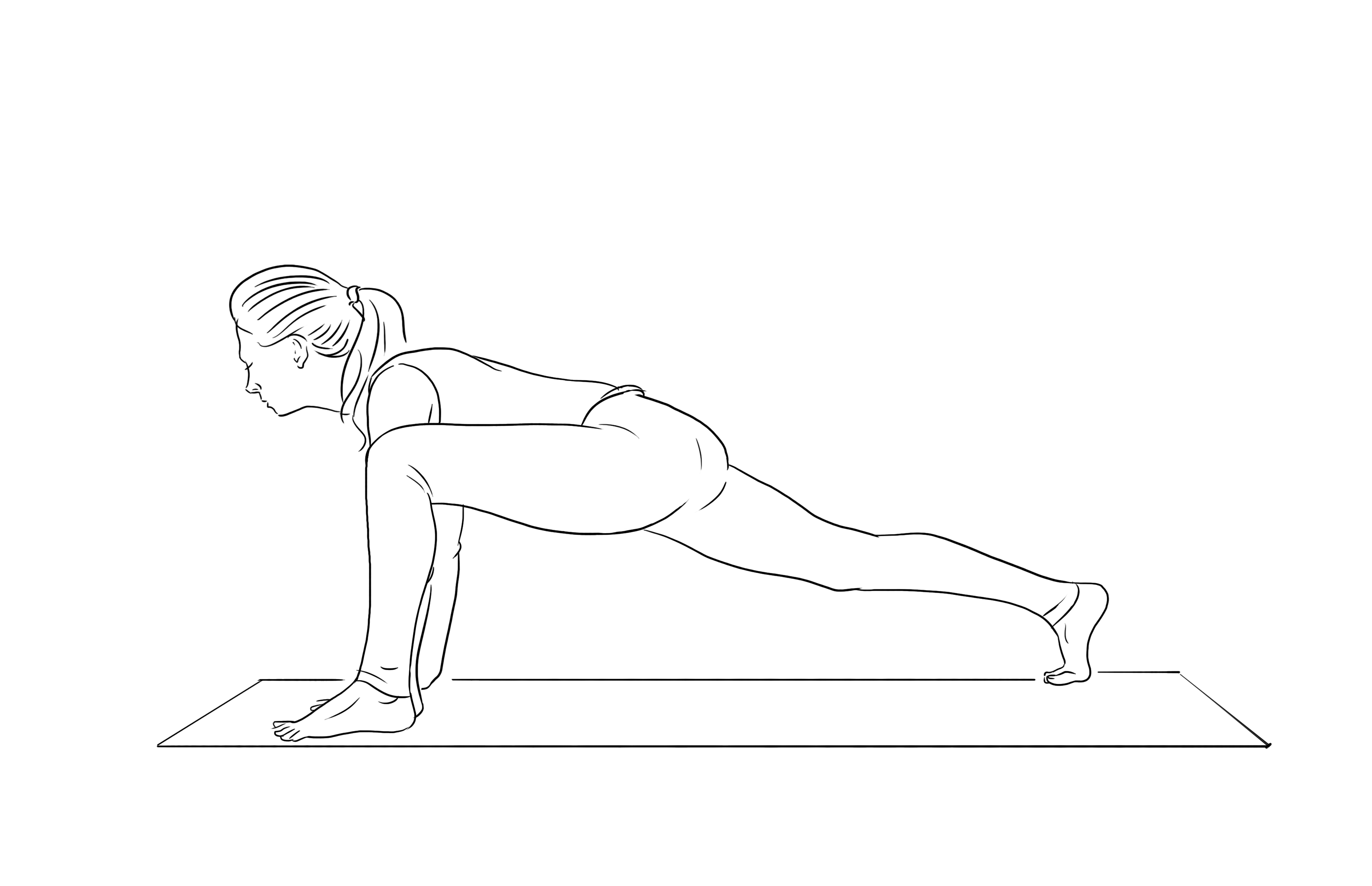
Bone as living tissue
Much of bone health comes down to density, which naturally decreases with age and so increases the risk of debilit...
With stress on the rise as we face three of the most challenging factors for the human psyche - change, uncertainty and lack of knowledge – watching for some really common stress-related symptoms is a good barometer to acknowledging when we need to step back for some self-care.
There are some quick-fire ways to address your body showing you it is in survival mode, but paying attention in the longer term can help us ride the waves of change and keep our sanity intact.
From the fear-based place of the fight-or-flight response, finding ways to let your whole mind-body know it is safe in this moment is the route to calming excitation that spreads into muscles, mind and affects our capacity for sustainable sleep, mood and energy.
-
Racing mind, worry and anxiety
It’s natural for our inner dialogue to go to full-on protection mode when we perceive danger is afoot. It doesn’t matter that the threat might not be of a full-on physical nature, we are set to track for dangers on the per...
Things that go bump in the night
Rest assured (excuse the pun) if you’re one of the many who lurch awake in the wee small hours fresh from the clutches of a nightmare, you are not alone. Around 4am, many are staring into the dark in a state of panic and angst. We often assume this is a purely psychological, ‘stress-based’ reaction and to some extent it is; nightmares occur around this time in REM sleep and are believed to be reflections of stress or trauma in our waking lives. Waking in fear to sudden awareness of sounds, light and movement may evoke visions of ghosts and ghouls, but this is in large part the result of a chain of physical events.
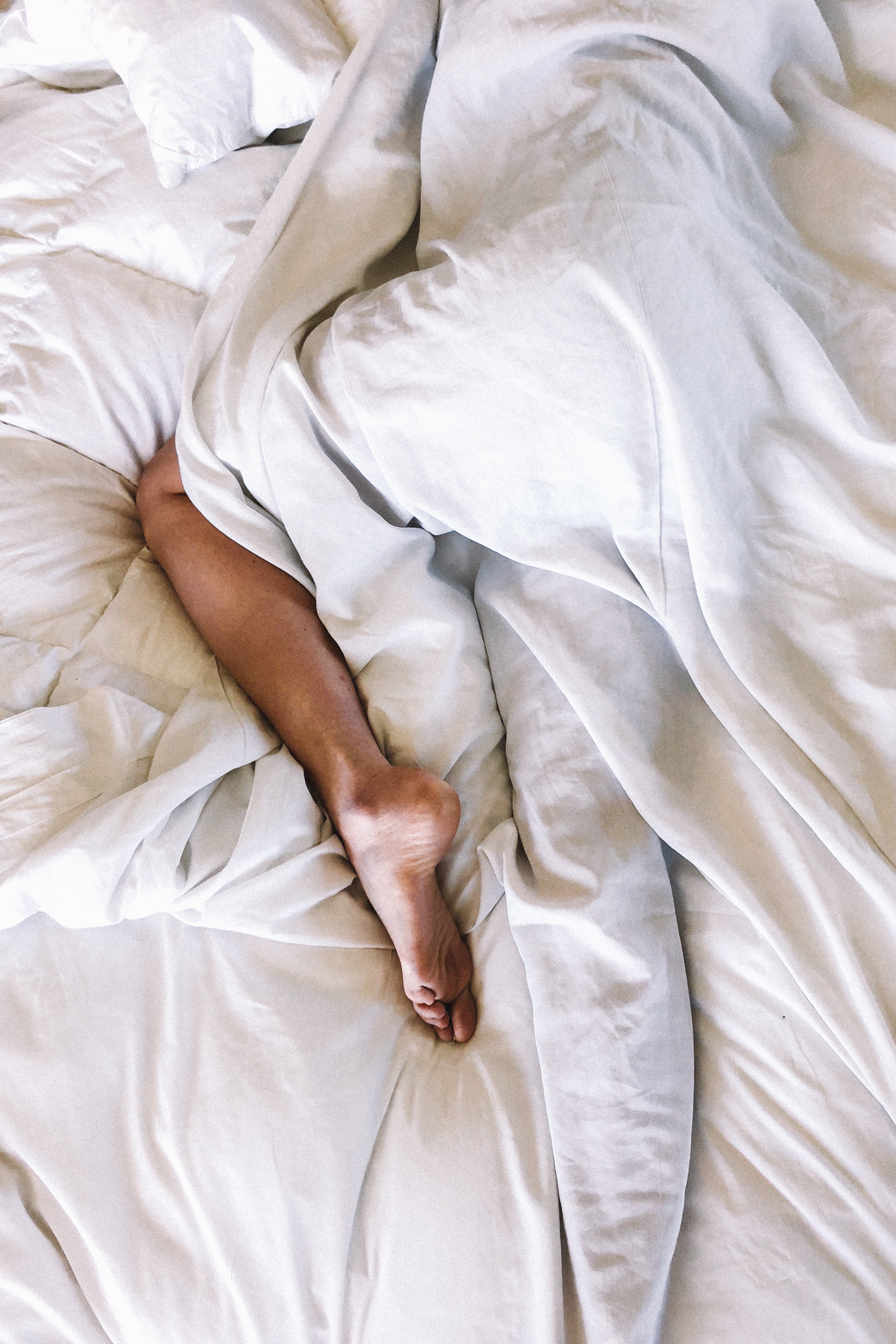
Daytime into night....
Sudden waking in the night can often be traced back to blood sugar irregularities during the day; rather than a drip-feed, sustained level of the sugar in our bloodstream that fuels all of our cells, we often lurch from ‘highs’ to ‘lows’ in reaction to sudden surges from refined sugars, processed foods, caffeine, st...
In the first of two blogs giving you a flavour of the content and practices in my book Yoga and Somatics for Immune and Respiratory Health (Singing Dragon, October 2022) we explore the myriad ways in which a mindful, embodied movement practice can affect the whole of our immune maintenance and health.
Also see this article: Yoga and Somatics for Immune Health
All illustrations are from the book, copyright Charlotte Watts 2022
Find details on my Teaching Yoga for Immune and Respiratory Health course with Yogacampus here.
You can order my book, Yoga and Somatics for Immune and Respiratory Health here.
We are animated through breath….
Breath is life and an area of our health that we can affect profoundly with simple movements and breath practices.
Essentially breathing is a continual tidal rhythm, drawing oxygen into the body with the inhalation and releasing carbon dioxide (CO2) out on the exhalation. This happens on a large scale through the lungs, but also for each and every...
In the first of two blogs giving you a flavour of the content and practices in my book Yoga and Somatics for Immune and Respiratory Health (Singing Dragon, October 2022) we explore the myriad ways in which a mindful, embodied movement practice can affect the whole of our immune maintenance and health.
Next time: Yoga and Somatics for Healthy Lungs
All illustrations are from the book, copyright Charlotte Watts 2022
Yoga campus course details here
To purchase Yoga and Somatics for Immune and Respiratory Health click here (use the code YSIRHPRE30 to receive a 30% discount).
Body-wide immunity
Our immune system is the basis of our defence and protection, but also healing and rebuilding. Understanding how it shapes our boundaries between the outside world and our internal landscape is key to supporting how we can support own most appropriate and effective response to threat and danger.
This is particularly true of those with pre-existing conditions; those with more obviously immun...
How to Maintain Energy Levels
It is a basic truth that the modern world is highly stimulatory. For many of us, the amount we have to do, to watch, to read, to scroll about can be overwhelming, but even if we don’t find the barrage of information seemingly too much, we can become desensitised to how much this steals our energy.
With any action or reaction, we need time and space to rest and recover. This is mirrored in our breath, with the basic pattern of the energising inhalation followed by the releasing exhalation. Accessing states and movement where we are fully able to breathe out and have recovery and energy support within the practice, can also help us feel where can restore, rather than deplete energy resources.
Energy states governed by the nervous system
We have similar active and resting states within the nervous system. This is our complex system of nerves (from brain to outer body) that coordinates all body activity and sensory information by transmitting signals to a...
Stress is a natural part of the human experience, but how we can regulate how we cope with its presence. Chronic stress and trauma create rigidity and tension within body tissues that leave our responses less adaptable and link them to inflammatory and structural issues. Add in that much of modern stress is within sedentary behaviour patterns that don’t allow us to physically express when we are angry, sad or in pain. Recent interest in movement as ‘body psychotherapy’ describes how we process much of our unconscious thought via our physical body.
A 2014 review of mindful movement research called Movement-based embodied contemplative practices: definitions and paradigms (Front Hum Neurosci. 2014; 8: 205) discussed how, over the past decades, cognitive neuroscience has witnessed a shift from predominantly disembodied and computational views of the mind, to more embodied and situated views of the mind. Put simply, to separate out mind from body is to miss intricate links between our men...
There are some real clues when I see clients as to the level of stress that people have been living under and the point where they may be at breaking, close to burnout or on the edge of running out of resources - even to the point of adrenal fatigue or exhaustion. Many of these red flags are describing how people view themselves or the habits that they've been living under that come from age-old conditionings, those strategies that we lay down from very, very early on in life.
So many of the stress burdens that people cycle around are about how much they expect themselves to do, how much they expect themselves to achieve and ideas that relaxing or being restful or in recovery are somehow bad. Unraveling these limiting beliefs and finding new ways to approach how we fill our time and how we nourish ourselves enough to keep going without crashing, can take changes in attitude and lifestyle that have far reaching consequences.
- I'm so overwhelmed, I can't cope.
The feeling of be...
Central strength, vitality and mobility is not all in the abs. Connectivity from the feet, through fascia and up into the psoas is key to the core…
It is a phenomenon within Western medicine, that has subsequently been marketed within the fitness industry, to reduce the body to a series of different specialisms. A popular obsession is ‘core strength’, ‘core stability’ and ‘core work’. The most recognised definition of the core is the region containing the abdominal muscles, but to simply segment this area does not allow us to view our bodies as the web of continual motion that they are. A more systemic, whole-body way of looking at things has grown in recent years through the work of people like Ida Rolf[1], Thomas Hanna[2], Moshe Feldenkrais[3], and Tom Myers[4].
Deepening our understanding of our true core also allows us to expand beyond the concept of a mere body part to focus on when exercising. Feeling it as the central channel (sushumna) from where all of our movement originate...
In a fast-paced world, getting enough deep sleep may seem like a luxury, but quality and quantity of sleep are equally vital – or body and mind suffer…
The sleep cycle
When we sleep, we cycle between different phases. Each is vital and a really good night’s rest includes five or six of each of these cycles. The first sleep cycle is about 1 ½ hours and each progressive cycle is slightly shorter:
- Non Rapid Eye Movement Phase (NREM) – where we first fall asleep, that floating, liminal space where we can easily reawaken.
- NREM 2 dropping a little deeper, heart rate and brain waves slow, eye movement stops and our temperature drops. About half of our time asleep is in this phase.
- NREM 3, deeper sleep, is characterised by longer, fuller breathing, Delta brain waves and an increase in Human Growth Hormone. This is where we strengthen immunity and body and brain repair. If we are woken from this stage, we feel groggy and disorientated.
- Rapid Eye Movement (REM), the stage in which we dream. A lighter ...
How we can stimulate neural connectivity through cross-lateral movement patterns. It all starts with crawling…
Back to baby basics
Our first cross-lateral movement – when a limb from one side does something different to its opposite, or any movement that crosses over the midline, such as right hand touching left knee – is crawling. This is a big evolutionary shift from moving on our bellies, which moves bilaterally – leg and arm from the same side together during which the right side of the brain controls the right, and the left side, the left side of the body. Crawling builds bridges across the two, allowing information to pass freely across the corpus callosum and coordinate our spinal muscles and bodily movement up to standing and walking. Without this stage, we could only move awkwardly with and no relationship across diagonal lines of the body. Babies who do not crawl may well find other cross lateral methods to create this effect[1].
Whether you crawled or not, coming back t...


